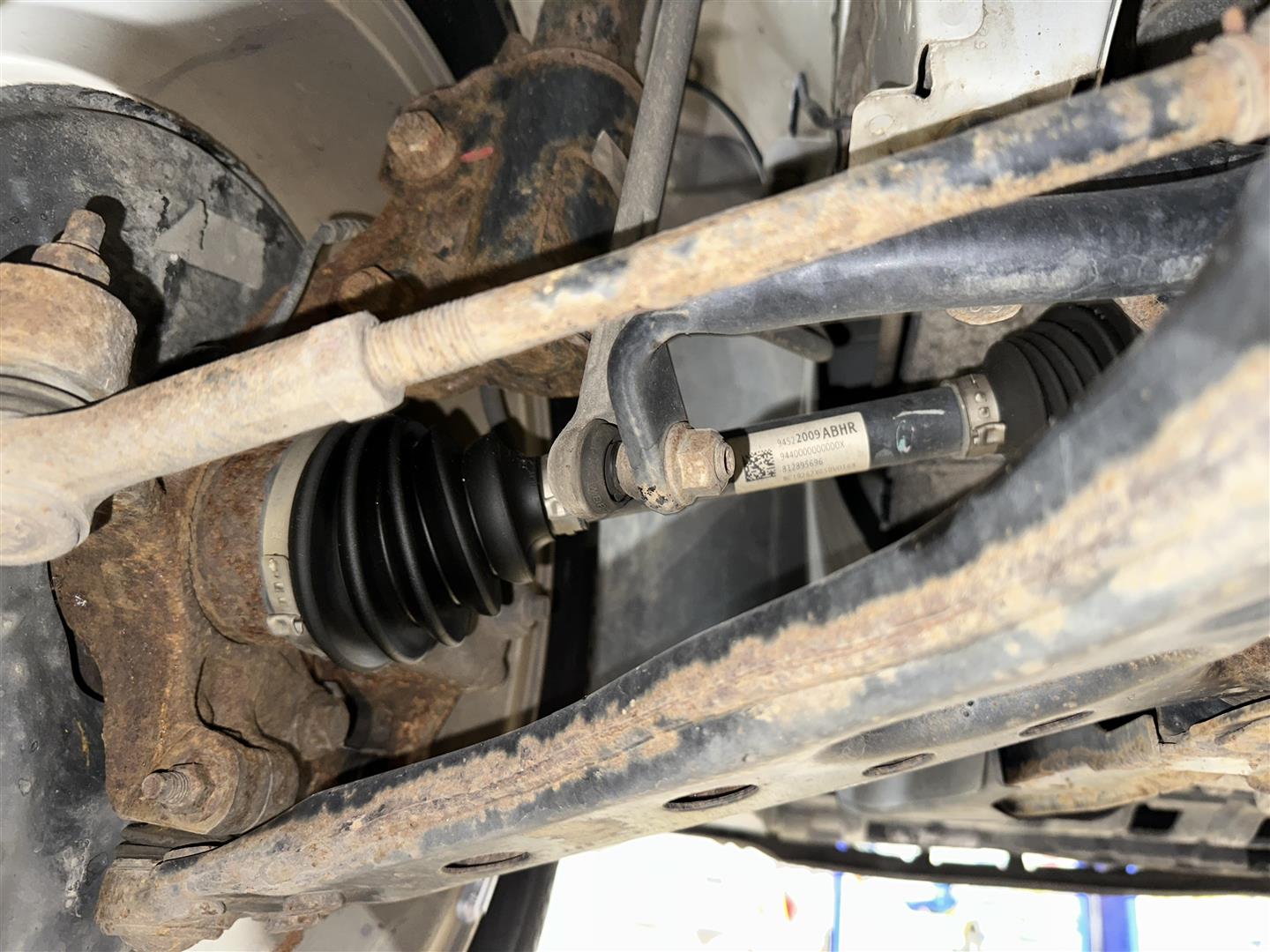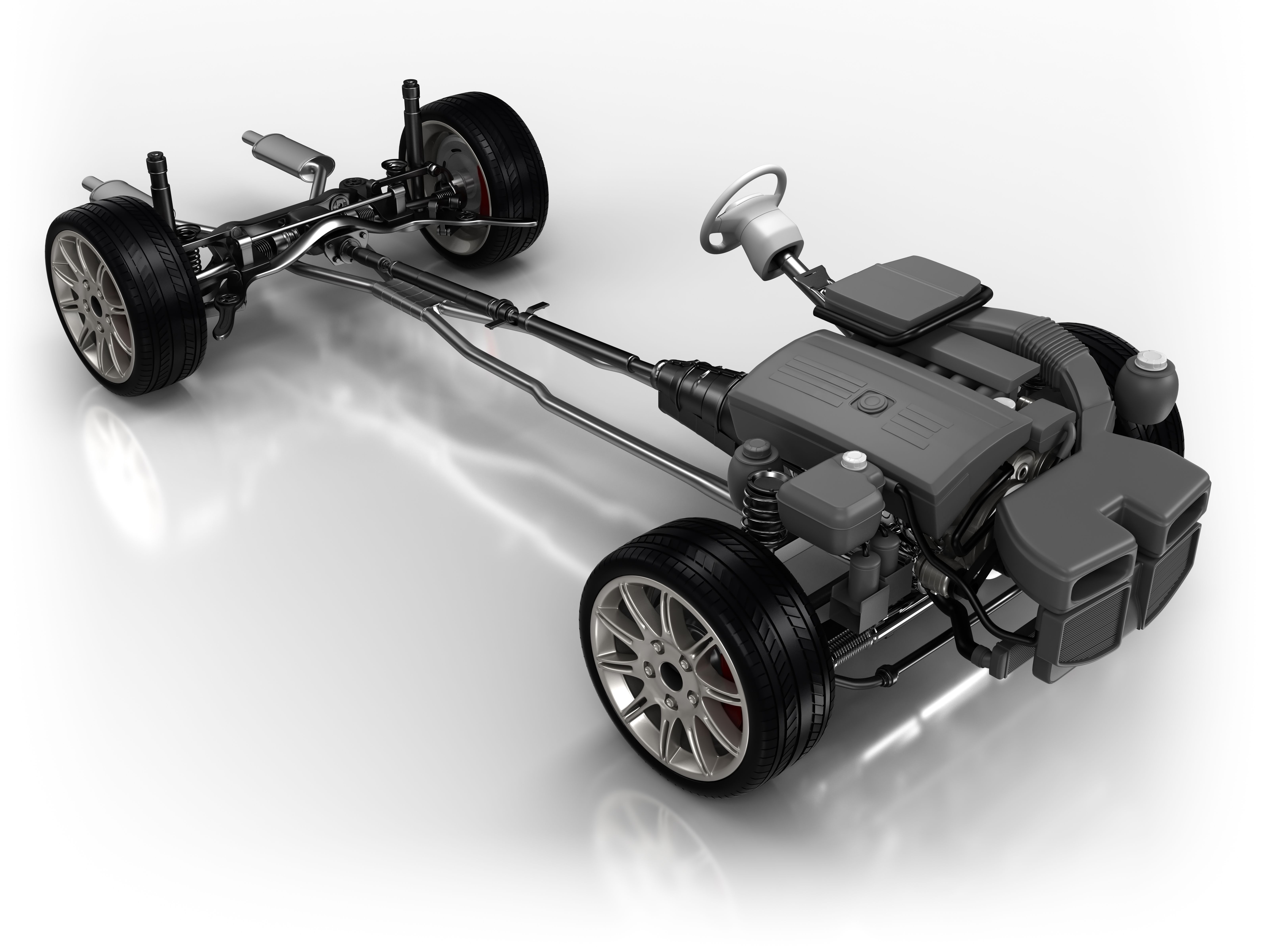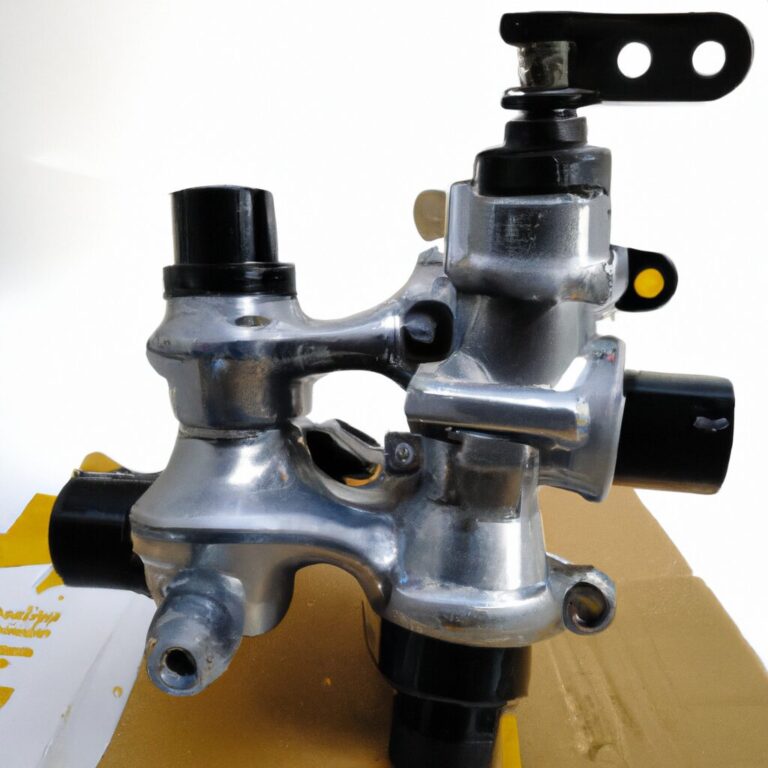How Many Axles on a Car
A standard car typically has two axles. These axles are essential for supporting the vehicle’s weight and enabling it to move smoothly.
Axles play a crucial role in connecting the wheels to the vehicle’s body, allowing for effective steering and propulsion. Understanding how many axles a car has is vital for maintenance and repair purposes, as each axle is responsible for distributing the weight of the car and controlling its movement.
As a car owner or enthusiast, knowing the basics of a car’s anatomy, including the number of axles it has, can enhance your understanding of how the vehicle operates. Let’s delve deeper into the significance of axles and their role in the functionality of a car.
Credit: www.next-drive.co.jp
Axle Types On Cars
When it comes to the axle types on cars, it’s essential to understand the construction of these critical components. Knowing the various axle types used in vehicles can help you make informed decisions about maintenance, upgrades, and even purchasing a new car. Essentially, the two primary axle types found in cars are solid axles and independent axles.
Solid Axles
A solid axle is a single piece of metal that runs across the width of the vehicle and connects the wheels on both sides. This type of axle is commonly found in older trucks, SUVs, and some off-road vehicles. The simplicity and durability of solid axles make them well-suited for heavy-duty applications and off-road use. However, they can contribute to a less comfortable ride and limited wheel articulation, which may affect overall handling and performance.
Independent Axles
Independent axles, on the other hand, use separate components for each wheel, allowing them to move independently from one another. This design is more commonly seen in modern cars, offering a smoother ride, improved handling, and better traction on uneven surfaces. The flexibility of independent axles contributes to enhanced vehicle dynamics, making them ideal for both performance-oriented and everyday driving.

Credit: www.louscarcare.com
Benefits Of Different Axle Configurations
Advantages Of Solid Axles
- Solid axles are sturdy, ideal for rough terrains.
- Simple design leads to easier maintenance and repair.
- Cost-effective compared to independent axles.
Advantages Of Independent Axles
- Each wheel moves independently, improving handling.
- Enhanced comfort and a smoother ride for passengers.
- Increased traction on uneven surfaces.

Credit: www.caranddriver.com
Frequently Asked Questions Of How Many Axles On A Car
Do Cars Have 2 Or 4 Axles?
Most cars have 2 axles, one at the front and one at the back, for a total of 4 wheels.
How Many Axles Does A 4 Wheel Drive Have?
A 4-wheel drive vehicle has two axles, one for the front wheels and one for the rear wheels.
How Many Axles Is An Suv?
An SUV typically has two axles, as it is usually equipped with a four-wheel drive or all-wheel drive system.
What Is Considered An Axle On A Car?
An axle on a car refers to a rod-like component that connects the wheels on either side. It helps in rotating the wheels and, together with the suspension system, supports the weight of the vehicle. Axles are crucial for transmitting power from the engine to the wheels, allowing the car to move.
How Many Axles Does A Car Have?
A car usually has two axles, one in the front and one in the rear.
What Are The Functions Of Car Axles?
Car axles support the weight of the vehicle, help transmit power from the engine to the wheels, and enable the wheels to rotate.
How Do Axles Contribute To The Car’s Stability?
The placement of axles provides stability to the car by distributing the weight evenly and ensuring all wheels have traction for better control.
Conclusion
Understanding the number of axles on a car is crucial for maintenance and safety. Whether it’s a two-axle or four-axle vehicle, each configuration impacts the handling and load capacity. By grasping this concept, drivers can ensure that their vehicles are safe and functioning optimally.
It’s essential knowledge for any car enthusiast or owner.


